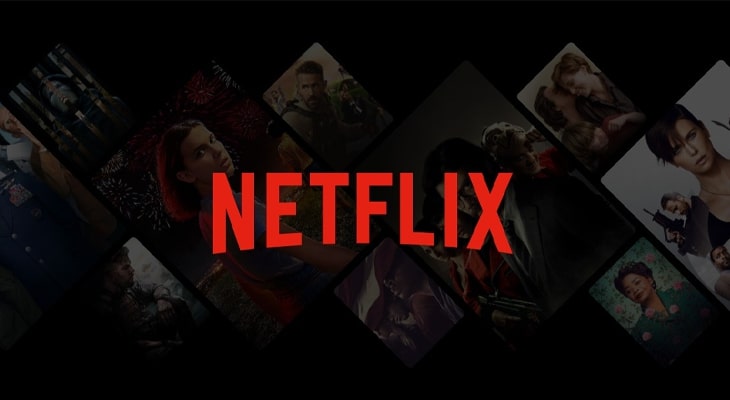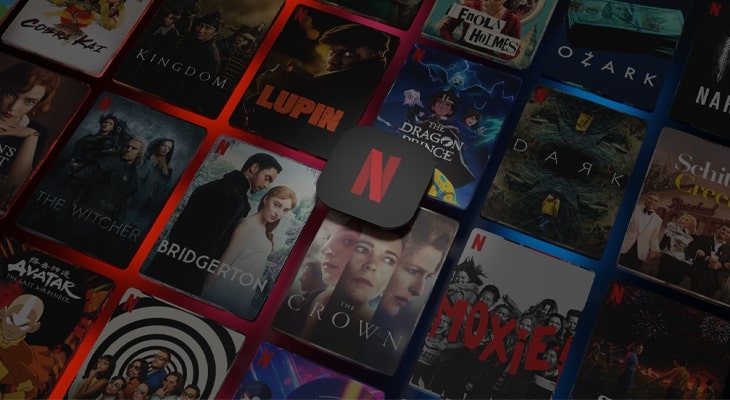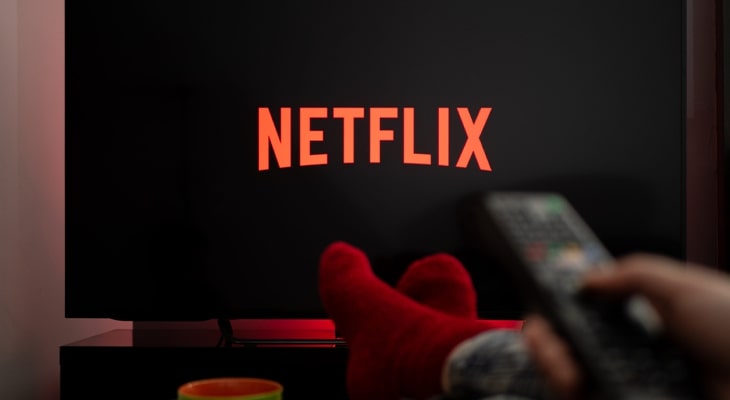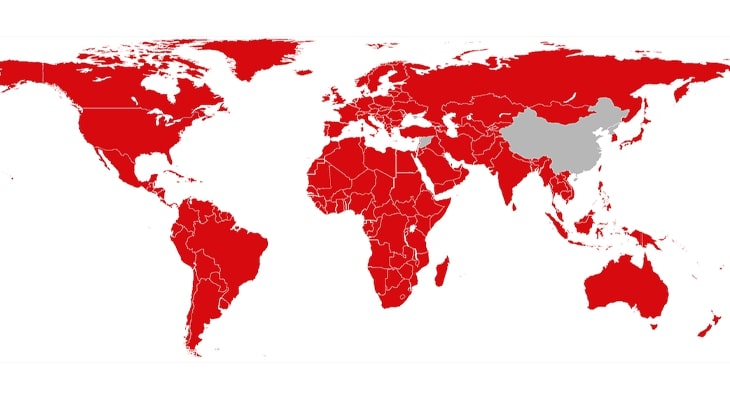
Netflix: The OTT platform that is changing the TV Industry
- By StartupStory | September 20, 2021
Netflix has already successfully changed its business model twice: Founded as an online-DVD-rental service, Netflix changed its business model for the first time when it decided to become a streaming provider. The company later adjusted its business model and is now both a streaming service as well as a content producer
A champion of innovation, Netflix is a company constantly looking for new ways to grow and outperform its competitors. The world of entertainment which began with Television and later shifted to the cable network is now ruled by OTT platforms and Netflix leads the way with an ever-increasing number of subscribers.
Currently the biggest online streaming platform, Netflix was founded by Reed Hastings and Marc Randolph on 1st Jan 1997. It handles 1/3rd of the total internet traffic with a total share of 40% in the OTT viewing hours.
In Q1 and Q2 of 2021, Netflix added 4 million and 1.5 million subscribers respectively which is a far cry from the 25 million it added during the same period last year. Boosted by the pandemic, Netflix’s subscriptions grew exponentially during the first half of 2020, before slowing back down to average growth in the latter part of the year. As of June 2021, Netflix had just over 209 million subscribers worldwide. These staggering numbers are a result of the invasion of Hollywood, high-profile comedy shows, and mind-bending documentaries, and when talking about India, the content creators from Bollywood and regional films have taken it to a whole new level among the Indian audience.

How does Netflix really earn?
Currently, the revenue comes from monthly subscriptions which are recurring monthly payments made by Netflix’s customers to access content from its large online library which hosts content like movies, Television shows, documentaries, and stand up comedy specials. The subscription comes in four types of plans namely:
1) Mobile
2) Basic
3) Standard
4) Premium.
These plans are in ascending order of prices as well as facilities with no cap on the amount of content you can consume but the video quality and the size of the device where you can watch the content is capped at different prices in different packages. This differential pricing enables anyone with any electronic device to use Netflix irrespective of the device they use. This also positively impacts the number of Netflix users and subscribers which ultimately generates more revenue.

Netflix identifies its customers as per their device needs and groups them accordingly. Netflix provides the flexibility of time and choice of content to its user who can choose the content they want to watch from a vast library and also at the time of their choice, unlike the cable operators who were earlier leaders when it comes to streaming content. To add to this, the Netflix Originals give it the exclusivity to retain users.
Netflix’s expenses can be categorized into the following categories:
1) Production Costs
2) Licensing Costs
3) Server Costs
4) Marketing Costs.

According to the Q2 financial results announced by the company in July 2021, the company’s listed revenue of $7.34 billion as the world came out of the pandemic and the stringent stay at home measures and the road ahead, as the habits of people change with the opening up and life coming back to normal, will be very interesting with all eyes on how the revenues fare up for the streaming giant.








